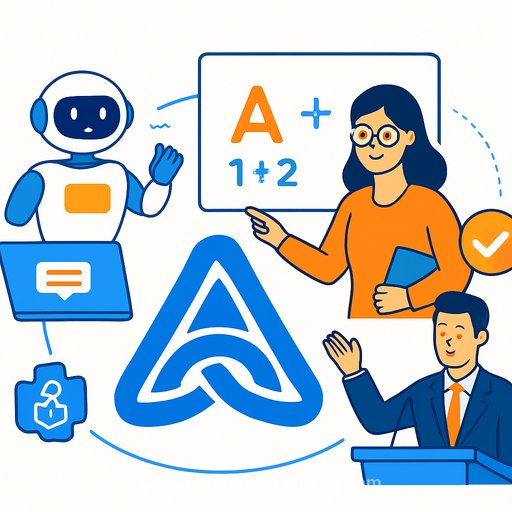VTU's AI push: upskilling students so jobs don't pass them by
There's a loud question on every campus: Will AI replace jobs? VTU's answer is clear. According to Vice-Chancellor S Vidyashankar, the university's priorities are an AI push and aggressive upskilling of students. The goal is simple-make graduates employable in an AI-driven market, not spectators.
What this looks like on the ground
- AI across disciplines: Core AI literacy for all programs-engineering, management, design, and even non-tech streams. Every student should know how to use data, models, and AI tools responsibly.
- Curriculum refresh: Python, data analysis, SQL, APIs, prompt skills, cloud basics, and MLOps fundamentals added to labs and projects.
- Micro-credentials: Stackable short courses that map to job roles-data analyst, ML ops assistant, AI product associate, automation specialist.
- Faculty upskilling: Train-the-trainer cohorts, peer labs, and sabbaticals with industry to keep teaching current.
- Industry-graded work: Capstones reviewed with company mentors, internships that use real datasets, and apprenticeships tied to sector needs.
- Compute access: Shared GPU labs, cloud credits, and safe sandboxes so students can actually build, not just read.
- Ethics and integrity: Structured guidance on bias, attribution, data privacy, and clear rules on AI use in assignments.
- Placement readiness: Portfolio-first assessment-GitHub, model cards, shipped features, and a crisp story of impact.
For students: build an AI-first toolbox
- Learn by shipping: 3 projects that solve a real problem-one data, one automation, one product. Keep them public.
- Core skills: Python, SQL, data cleaning, vector databases, calling model APIs, prompt patterns, and evaluation.
- Tool fluency: A mainstream LLM, a notebook stack, a workflow tool, and basic version control. Don't hoard tutorials-apply them.
- Proof of work: Short write-ups, demo videos, and a clean README. Recruiters want outcomes, not buzzwords.
For faculty and colleges: a 90-day plan
- Month 1: Audit 3 core courses. Add one AI-aided assignment each (with clear use-policy and grading rubric).
- Month 2: Run a faculty learning circle. Pick 3 tools to standardize across labs. Set up a basic model-eval checklist.
- Month 3: Host a build day with local industry. Publish top student projects and align them to job roles.
Guardrails that matter
- Fairness and safety: Teach bias testing, data consent, and safe deployment basics early. Keep an audit log for AI use in coursework.
- Assessment integrity: Design tasks that require reasoning, code reviews, oral defenses, and dataset variations.
For policy and teaching guidance, see UNESCO's recommendations for generative AI in education here.
Why this urgency
AI adoption in India is climbing, and employers are raising the bar. National initiatives and industry demand signal the same thing: graduates who can build with AI will move faster. For context, explore India's official AI portal IndiaAI.
What success looks like by the next placement season
- Every student graduates with a portfolio, not just a resume.
- Departments publish AI-integrated course maps and skill outcomes.
- At least one cross-disciplinary AI project per student team.
- Faculty have a recurring upskilling cadence and shared resources.
- Companies co-assess capstones and shortlist directly from demos.
Useful resources
- AI courses by job role for focused upskilling tracks.
- Latest AI courses for quick additions to curricula and labs.
The signal from VTU leadership is clear: AI won't take your job-someone using AI well might. Build the skills now, measure outcomes, and ship work that speaks for you.
Your membership also unlocks:





